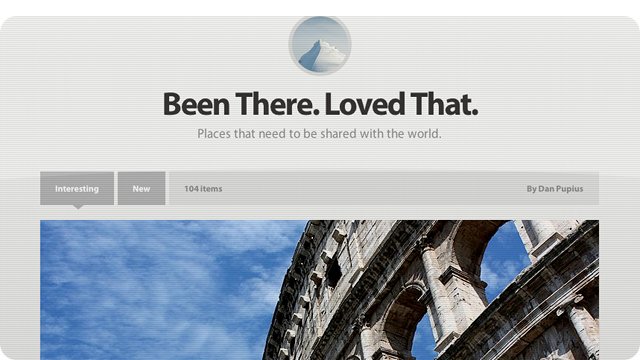Medium.com: (Twitter + Blogger) / 2 + content recommendation algorithms = Habr's option for everyone?

In the ranks of blogging platforms arrived . The creators of Twitter and Blogger, Evan Williams (Evan Williams) and Biz Stone (Biz Stone), in August opened (in closed beta mode) Medium service, but they are starting to pay attention only now. Here is how the creators describe it (quote):
Publishing on Medium (currently not available to everyone) is elegant and simple, and you don’t have to bear the heavy burden of a blogger, and you won’t get a headache on how to solve the difficult task of attracting an audience. Collective posting will provide an “engaging and rewarding experience.”
After reading this, you can cry out for joy!
')
The medium is intended primarily for the publication of images and texts of medium, even small size. Posts, as well as on Habré, are published in groups called “Collections”, in which other authors can post, and which is available at a unique URL. Groups can be closed (by invitation), or open to all ( example ).
Those who have learned a bit of the currently available content say they are surprisingly good. Perhaps this is provided by staff journalists for whom vacancies are open .
The creators of the medium emphasize that they are revolutionizing the methods of creating, grouping, and consuming content by ordinary people.
Minimalistic interface for creating a new post:

The basic idea is that ordinary people prefer to consume content created by ordinary people. The medium will offer each user a tape of content personalized automatically based on its own algorithms.
The creators boldly argue that for the vast majority of users, Medium will provide the best return on investment from blogging, rather than keeping a personal blog.
Posts can be sorted by time and by rating, and, accordingly, vote for them. Especially emphasizes how cool it is, what to think is not necessary - choose a category and write a post (instead of creating a post, and then painfully choose a category).

Individual authorship is no longer?
The most detailed of all, the ideology and structure of the service is considered in this article (dated August 2012): Nieman Journalism Lab: 13 ways to look at the new blogging / sharing / discovery platform . Interesting, I recommend!
The article reflects on the fact that such projects as Medium blur the concept of authorship, and further degrade (reduce) its value . At one time, blogs allowed to shift the focus of attention from brands of newspapers or magazines to the author, but now the focus is shifted from the author to the actual content (article, photo, etc.). As an example, it is said that very few people really know where popular news or photos originate from, sent by tons via e-mail, social networks, or copy-paste, and who actually created them.
In Medium, they try to use the idea of the theory of authorship ( Auteur theory - did not find a Russian equivalent, can someone tell me?), According to which, most modern works are created collectively, and cannot have one author (that is, cannot belong to one person) .
Despite the fact that months have passed, the service has not changed visually. At the moment, the prevailing opinion in the Western press is that “so far there is no clear evidence that people have an urgent need for something like that”.
Register in Medium here .
Judging by the logo, the creators are not going to be modest:
- in the logo - a tsunami wave , which washes away everything in its path ;
- the name "medium" as if hints that they will know everything about everyone, and who needs what?
in addition: How Medium Works
What do you think about this service?
Source: https://habr.com/ru/post/162879/
All Articles